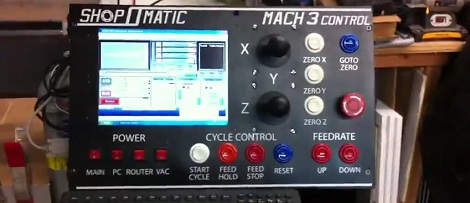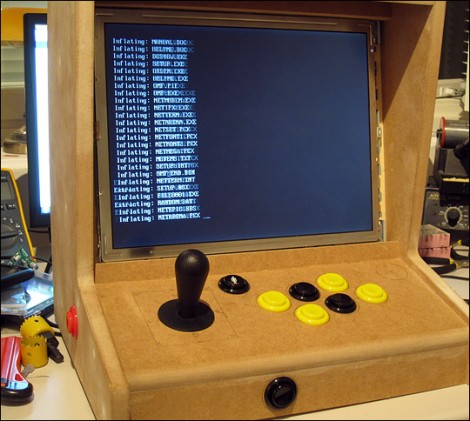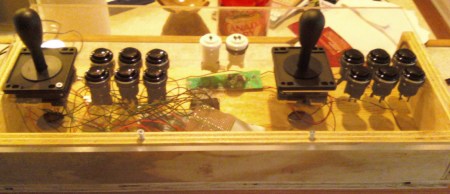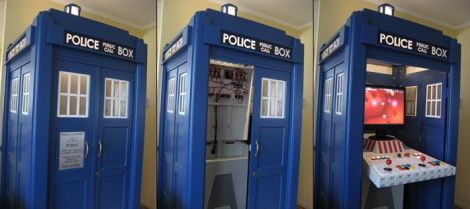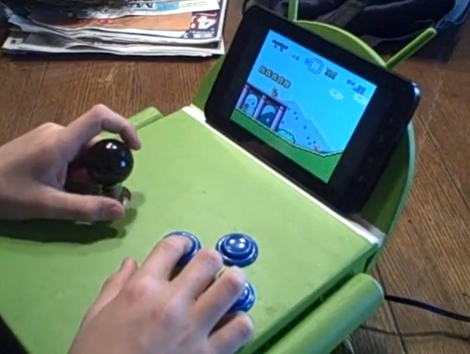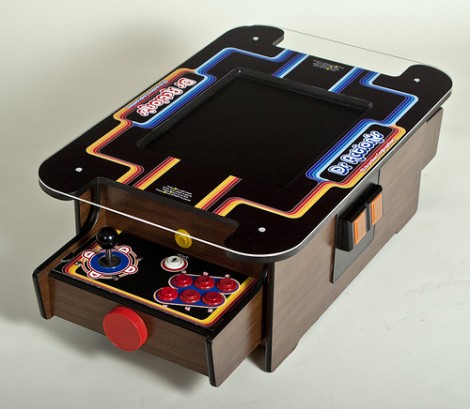Now make it life size
Here’s a scale model of the classic Playstation game Wipeout. It uses quantum levitation, superconductors, liquid nitrogen, and incredibly detailed models of the cars in Wipeout. They’re able control the speed and direction of the cars electronically. Somebody get on making one of these I can drive. Never mind, it’s totally fake, but here’s a choo-choo that does the same thing. Thanks for the link, [Ben].
Found a use for eight copies of Deep Impact
Where do you keep all your wire? [Paul] keeps his inside VHS tapes. It’s one of the most efficient ways of storing wire we’ve seen, just don’t touch those VHS copies of the original Star Wars trilogy.
There’s MAME machines for pinball?
MAME arcade machines are old hat, but we’ve never seen something to emulate pinball. The build uses two LCD monitors, a small computer and PinMAME. There’s videos in the build log; tell us if we’re stupid for wanting to build one. Thanks go to [Adrian] for sending this one in.
LEGO binary to decimal conversion

[Carl] is doing a few experiments to see if it’s possible to build a calculating machine out of LEGO. He managed to convert four bits of binary into decimal. We’ve seen a LEGO Antikythera mechanism but nothing on the order of an Analytical Engine or some Diamond Age rod logic. Keep it up, [Carl].
Lubs and Dubs that aren’t for dubstep

The folks at Toymaker Television posted a neat demo of heart rhythms emulated with a microprocessor. It cycles through normal sinus rhythm, atrial fibrillation, atrial flutter, and everything else that can go wrong with your heart. We know some nurses that would have loved this in school.




